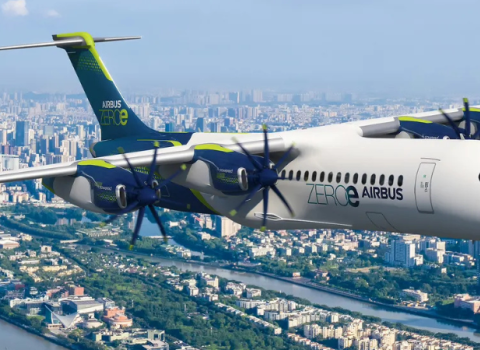Advanced Plasma Power (APP), Broadcrown Ltd and Royal Dahlman have each been commissioned to design and develop a plant to demonstrate an integrated system that would be commercial at between 5 and 20 megawatts (MWe).
The chosen plant could be designed, built, tested and in operation by 2016. The expectation is that once completed, the chosen plant will operate as a demonstration site for up to four years. This is thought to be the first time a total system approach for an energy from waste gasification facility of this size has been considered in an R&D project.
The aim of the ETI commissioned and funded £2.8m project is to demonstrate how such a plant could create energy from waste at efficiencies higher than previously produced in the industry at this scale. The challenge is that each complete system will need to operate at a net electrical efficiency of at least 25%.
The consortium led by APP will design a demonstration facility with an electrical output of 6MWe. APP’s Gasplasma® technology will be used to produce a clean syngas as a fuel for the development and demonstration of high-efficiency power generation solutions. The Gasplasma® process uses a separate plasma furnace to crack and clean the crude syngas from a gasifier prior to its direct utilisation in gas engines or a gas turbine.
UK company Broadcrown Ltd will design a high-efficiency demonstration facility with an electrical output of 2MWe using a robust yet highly scaleable concept that promotes distributed waste management and power generation. Broadcrown Ltd will be partnering with major European and American technology companies including a gas engine manufacturer to demonstrate a combined cycle with unprecedented efficiency using syngas.
In parallel, Royal Dahlman will develop a plant with an electrical output of 7MWe using patented MILENA-OLGA technology, developed in cooperation with ECN. This will convert the waste into a clean gas suitable for an efficient combined cycle power plant. Royal Dahlman will lead a strong team of British, Swiss, American and Dutch partners. This integrated gasification combined cycle demonstration plant could be the stepping stone to larger and even more efficient plants.
Stage one of the project (the design phase) will last 10 months and phase two of the project will see the winning design selected in early 2014, with selection based on cost and projected performance.
Paul Winstanley, the ETI Bioenergy Project Manager overseeing the competition, said that national modelling work shows that bioenergy could be a key component of any future energy systems mix, providing affordable, secure and sustainable energy. ETI has already completed an extensive analysis of the existing energy from waste technologies currently available, as well as the breakdown and quantities of typical UK municipal, commercial and industrial waste.
He also highlighted that this analysis indicates that new plant designs at this scale could potentially operate at a net efficiency rate of at least 25%, which significantly exceeds the performance of current plants in operation. Any successful design of such a plant will provide the opportunity to move towards more efficient, distributed energy conversion technologies and reduce dependency on landfill for waste management in the UK.
Steve Lee, CEO at the Chartered institution of Wastes Management added that gasification is a technology with a future using waste as its feedstock. A competitive approach to design for a cost- and energy efficient demonstration plant will be watched closely by the whole industry.
The original artical was published on the ETI website.





 A unique international forum for public research organisations and companies to connect their external engagement with strategic interests around their R&D system.
A unique international forum for public research organisations and companies to connect their external engagement with strategic interests around their R&D system.